



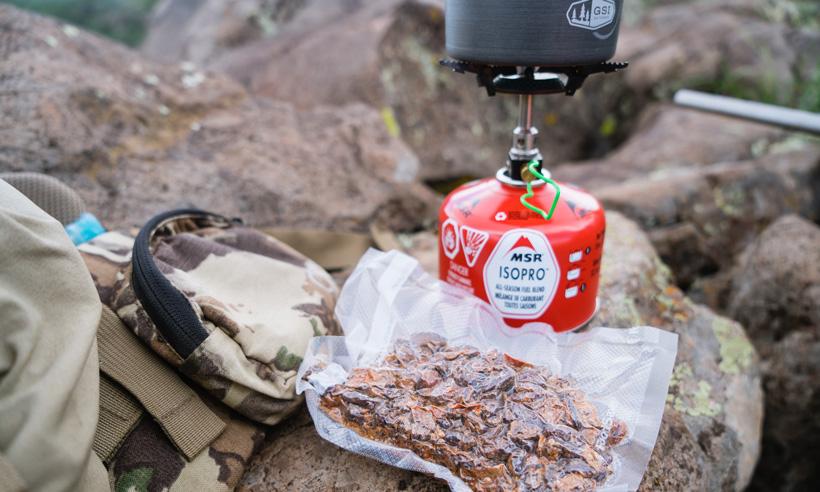
All photo credits: Josh Kirchner
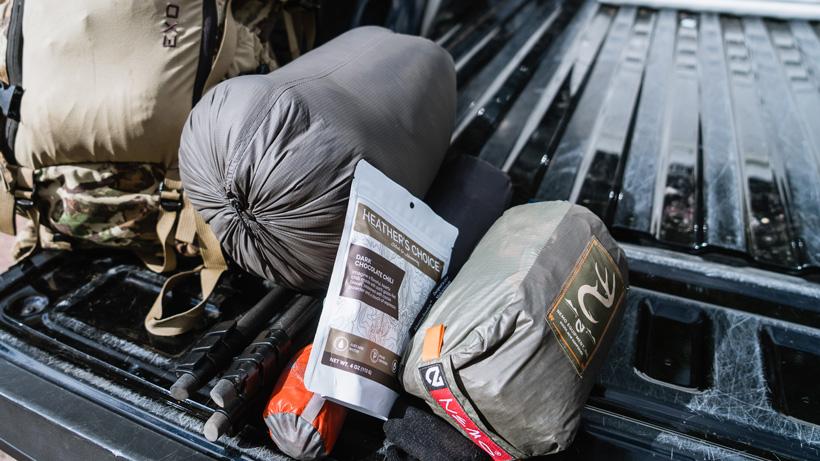

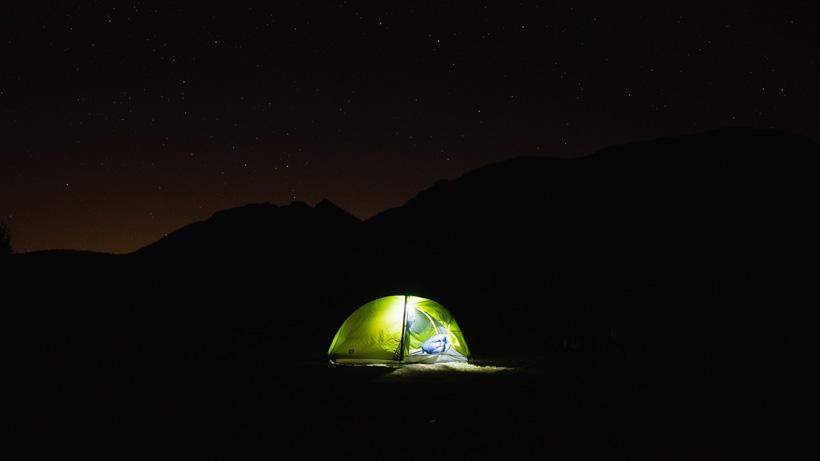

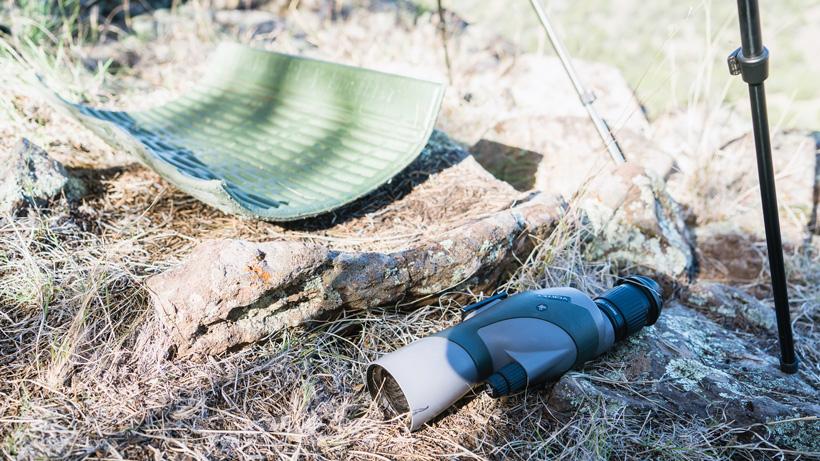
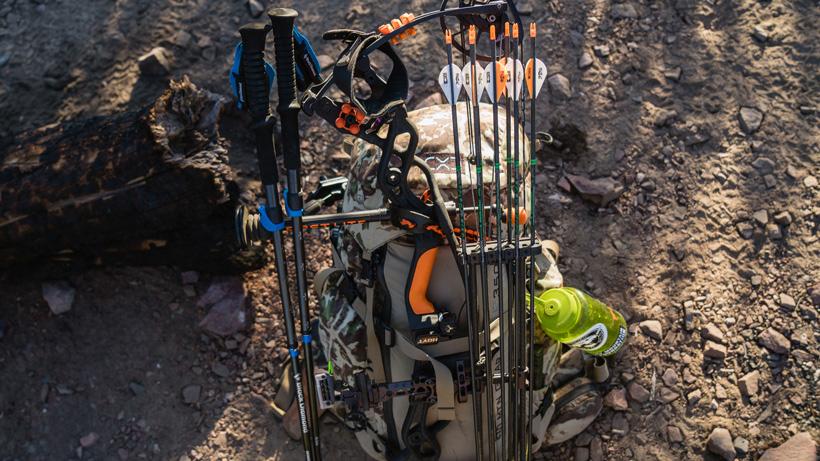

Backpack hunting is one of those things that I fantasized about for many years before actually doing it. The whole experience sounded epic and was something I truly wanted to immerse myself in. Once I did, though, one of the first things that went through my mind was, "Man, how can I get this pack more lightweight?" As I made my way into my camp, I couldn't help but think about having to pack a deer out as well as this hunk of a load I already had. By getting more lightweight, I could conserve my strength, energy, and not get beaten up by only hauling my gear. Here are a few things I've learned that have helped me with lightening the load.
This is a huge thing that I think many folks might let slip through their hands. It involves a little work beforehand, but I promise you that it is worth it in the end. Spend time before your hunt to really test out the gear you plan to use. By doing this, you are going to be able to make judgment calls on what is truly going to work for you. By not doing this, I feel like one will end up with a lot of "what if" items, which we will discuss a bit further down in this article.
All photo credits: Josh Kirchner
Food is just plain heavy. I average between 1.5 lbs and 2 lbs a day for food. Say I am going on a 10-day hunt and that means I will have to bring about 20 lbs of food. This, of course, will decrease throughout the trip. For that reason, I started keeping a journal of what I ate and didn't eat during the day in order to really know how much food I needed back there. I surely didn't want to be carrying more than I needed. You can count calories all you want, but all of us are different. I find that I function pretty good on about 2,500 calories per day on a hunt. For some, I've heard of them needing 3,500 to 4,000 calories back there. All of that aside, you should know what you need on a hunt—not what works for someone else.
The fear of getting cold through the night is something I have wrestled with in the past and still do from time to time. I've been there and it isn't fun when you are trying to run in place inside your sleeping bag to generate warmth in the middle of the night. For that reason, knowing what my bag and sleeping system, in general, can handle is huge for me. I definitely pay attention to sleep ratings, but use them as a general number really. The real test will be getting the bag into the country and seeing/feeling firsthand what it can handle. I've found that these ratings tend to be about 10 degrees or so lower than what they actually are. However, that is just me. Some of us sleep hotter than others. The reason I mention the ratings is that a 0-degree bag is going to be heavier than a 30-degree bag. Why pack the extra weight if you aren't going to need it? It will not only save weight on your back, but it will also save room in your pack.
How lightweight you get with a shelter is going to be a direct reflection of how much living space you want and/or what you are comfortable with using in general. For instance, maybe you don't care at all about living space and you are completely fine with using something like a bivy sack. That would be the most lightweight setup you could go with short of just a cowboy camp with no shelter. I know some folks that do this if the weather permits. A bivy sack might not be a great option if you are claustrophobic, though. On the flip side, you could bring too much shelter, have plenty of room, but be carrying around unnecessary weight. I like to go with something in the middle and prefer either a single wall one person trekking pole shelter or an ultralight two-person double wall tent. One of them weighs a shade over a pound and the other is 3 lbs. Again, the only way to find out what is going to work for you is to actually try it out.
Knowing what your clothing can handle is pretty similar to the sleeping bag section we talked about earlier. Every time I am out and am trying out a new piece of clothing, I take note of the temperatures for the day so that I can better judge what exactly this piece can be used for. I never like to go overkill with clothing either—just like the bag. I try to avoid packing base layer bottoms and will bring long socks instead. I'll go with a puffy type of jacket instead of a soft shell because the puffy packs better and has a better weight to warmth ratio. Build a layering system that you can trust and know it inside and out. Every time that I have gone overkill on clothing, I've ended up not using the extra stuff.
The comforts of home and tricks our minds play on us will cause us to bring more than we need. It has been referred to often as "packing your fears." I remember how I used to carry not only a handgun fully loaded, but I would also carry a full speed loader with six more bullets. Why? Maybe in case, the zombie apocalypse started up and I needed to go into Walking Dead mode? Things like this can end up weighing your pack down a ton in the end. A little something here and a little something there adds up over time. So ask yourself this: Do you really need that? Or are you just bringing it out of habit? Do you use the item often? Of course, there are going to be exceptions here like a first aid kit. I hope none of you ever have to use one, but we all need to have one. How about that energy block? Most times, I don't bring one. Instead, I run my phone in airplane mode. I can get about five days on a fully charged phone like this. If my trip will be longer than that, I'll pack the energy block. If not, why have it? One of the easiest ways to make your pack lighter, that doesn't involve spending money, is to just not bring something.
Of course, another easy way to get your backcountry setup lighter is to throw money at it. You can get pretty lightweight if you've got a heavyweight wallet. Backcountry gear is not cheap, though, and you can bet your behind that you will be spending thousands of dollars in the name of lightweight gear. It took me years to acquire gear items here and there because of this. I didn't start out just going and buying everything that I needed. My bills would have never gotten paid if I did that. By no means am I saying that you need the latest and greatest of everything out there. In the beginning, I just made it work and used what I had. Each year that went by, I'd acquire something new to lighten my load. Being crafty and having a minimalist mindset will get you more lightweight than emptying your wallet. Yet, having a sleeping bag that weighs 4 lbs versus one that weighs a pound is pretty awesome. It's also an investment.
Nowadays, when I am heading into camp, I'm not dreading the weight on my back. I'm looking forward to more! Getting more lightweight is really about forethought, being creative and being honest with oneself. Having items that serve multiple purposes so you don't have to bring multiple items is great. Really give your gear list some thought and analyze what you can do without and what you absolutely need. There is no shame in bringing some comfort items either. Heck, I bring an inflatable pillow with me. I am always looking to soak up more knowledge so if you have any tips that have helped you in getting your backcountry setup lighter, the mic is in your hands.